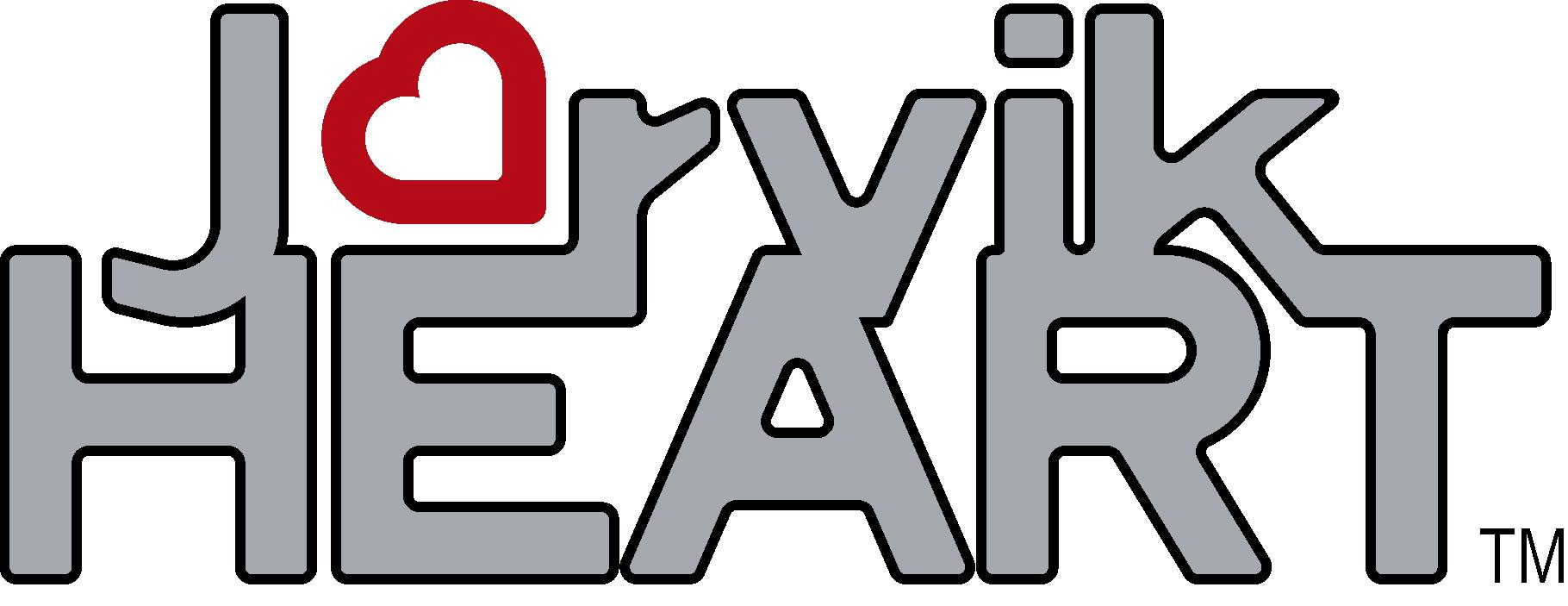(Also known as: Artificial Heart, Mechanical Circulatory Support System, Biventricular Assist Device. Note: In some cases, the same terms are applied heart assist systems.)
A total artificial heart is built to replace both ventricles of the living heart. The entire biological heart (except for the atria) is usually removed, and the man-made device is positioned in its place. Most total artificial hearts mimic the natural heart’s rhythm, drawing and pumping blood in pulses. Piston-like pumping actions must be coordinated with inflow and outflow valves. Total artificial hearts therefore require a great deal of complexity and precision.
Early artificial hearts such as the Jarvik 7 were air-driven and relied on heavy machinery outside the body, similar to today’s heart-lung machines that sustain patients during open-heart surgery. Although more portable total artificial hearts are still in development* — including a much smaller portable power system for the Jarvik 7 (CardioWest) heart — some designs require such complexity to assume the natural heart’s full capacity that they have limited usefulness in patients.
*Media myths to the contrary, total artificial hearts remain actively in use and under research. The first artificial heart ever to be successfully implanted, the Jarvik 7, is now called the CardioWest Total Artificial Heart and was recently approved by an FDA panel as a bridge-to-transplant treatment for certain heart patients. See the article in our news forum for details.

